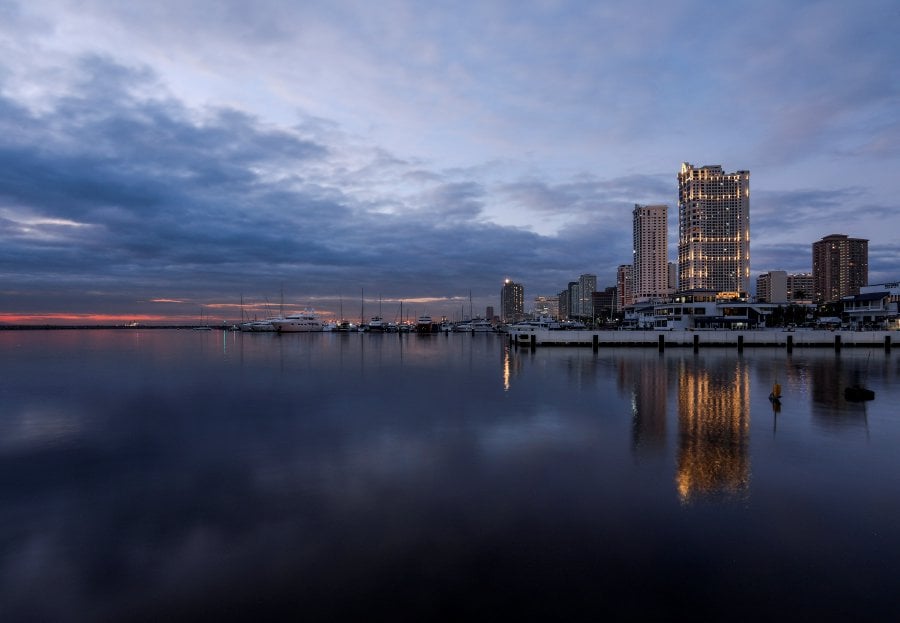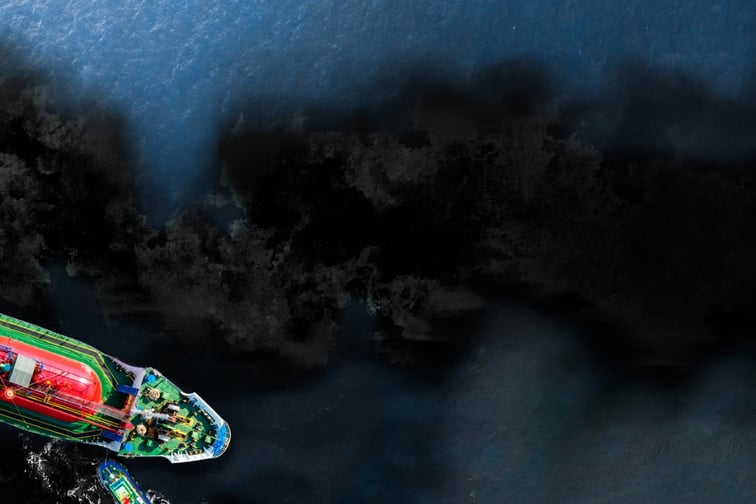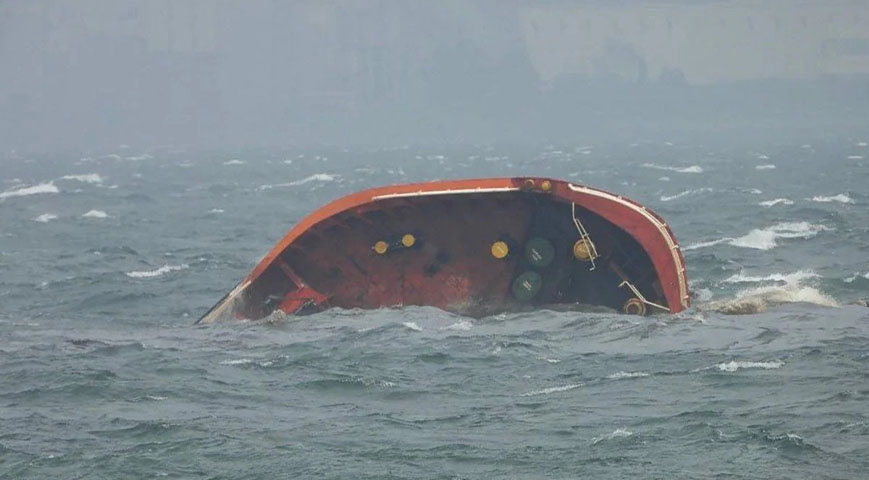A Philippine-flagged tanker, MT Terra Nova, sank off the coast of Manila, causing a massive oil spill.
The vessel, carrying 1.4 million liters of industrial fuel oil, was en route to Iloilo when it capsized in Manila Bay. The incident led to an extensive oil spill that stretched several kilometers in the busy waterway.

The Philippine Coast Guard, led by spokesman Rear Admiral Armando Balilo, is urgently working to contain the spill to prevent what could become the largest oil spill in Philippine history. Balilo highlighted the potential danger to Manila's shoreline if the fuel continues to leak.
Did you read this?
The spill, driven by a strong current, is moving easterly and north-easterly and currently extends about 3.7 kilometers.
Transport Secretary Jaime Bautista reported that 16 17 crew members were rescued while a search continues for the missing member. Four crew members are receiving medical treatment. The rescue efforts are hampered by strong winds and high waves, influenced by Typhoon Gaemi and the seasonal monsoon.
The Coast Guard is investigating whether weather conditions contributed to the incident. Commandant Admiral Ronnie Gavan has ordered a full investigation into the sinking. Marine environmental protection personnel have been mobilized to contain the slick and mitigate the environmental impact.

This disaster recalls previous significant oil spills in the Philippines. In February 2023, a tanker sank off Mindoro, spilling 800,000 liters of industrial fuel oil and devastating local fishing and tourism industries. In 2006, another tanker spill off Guimaras Island caused widespread environmental damage, destroying marine reserves and local fishing grounds.
Efforts are ongoing to address the immediate and long-term effects of the MT Terra Nova spill, with authorities racing against time to prevent further ecological damage to Manila Bay and surrounding areas.









